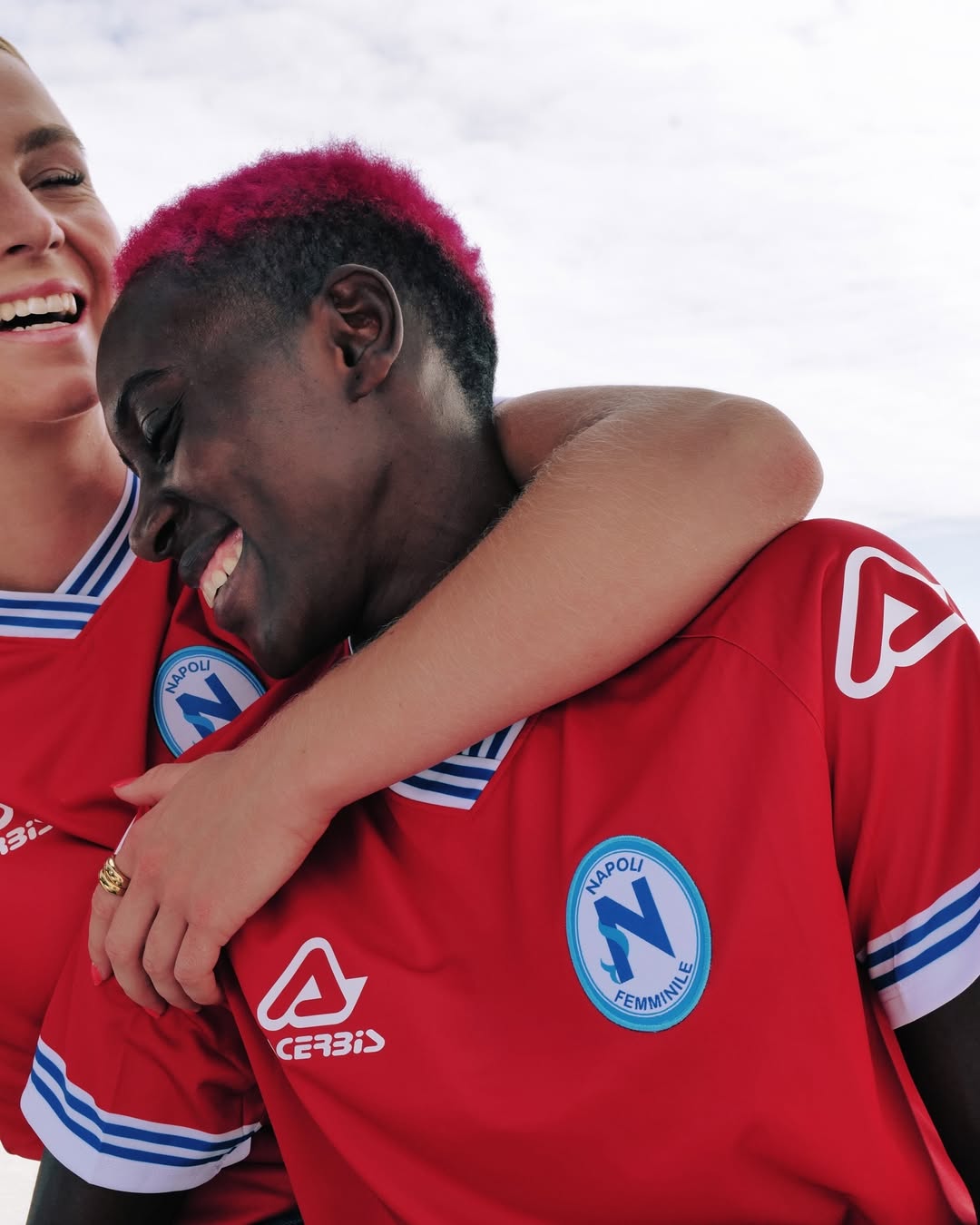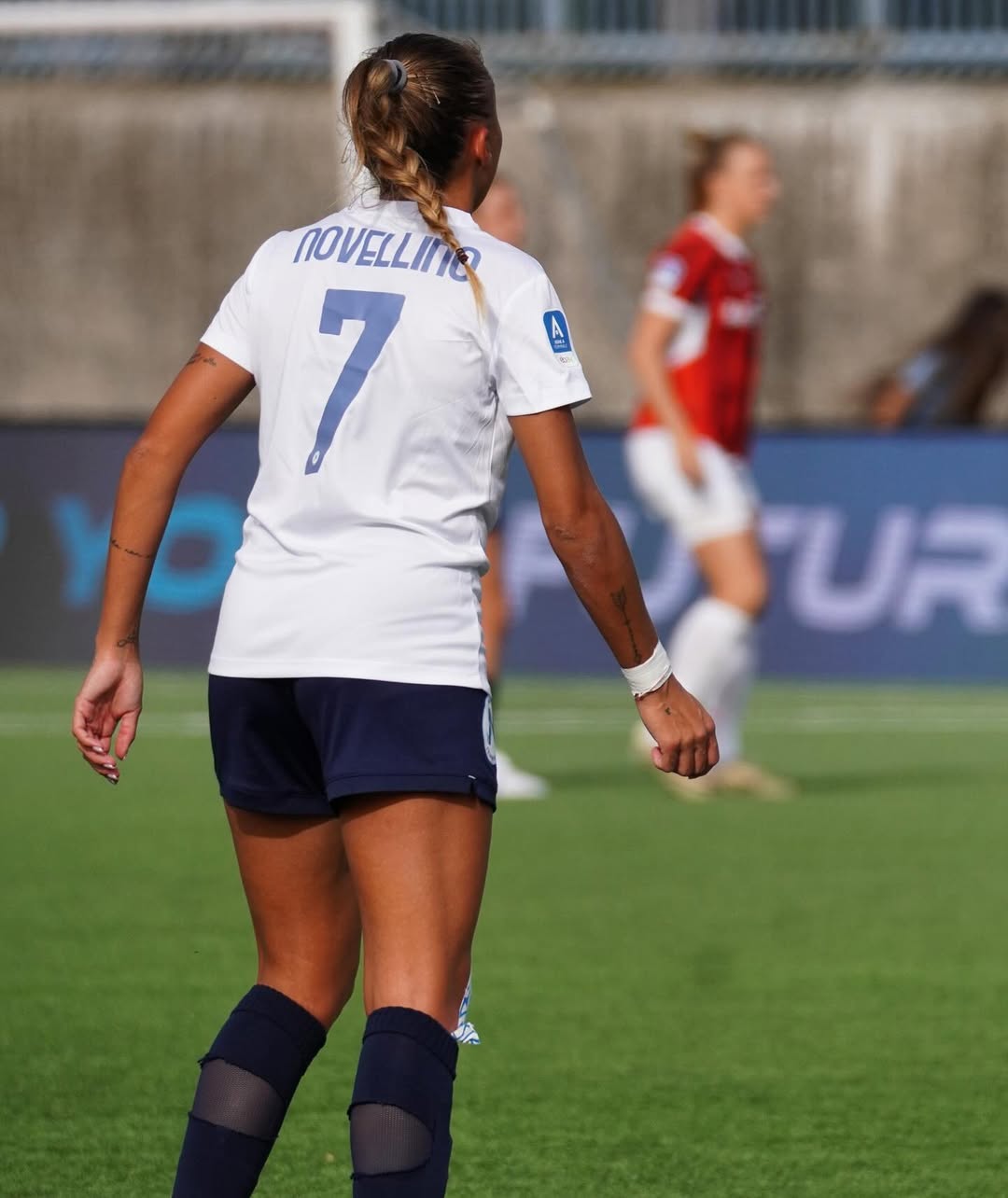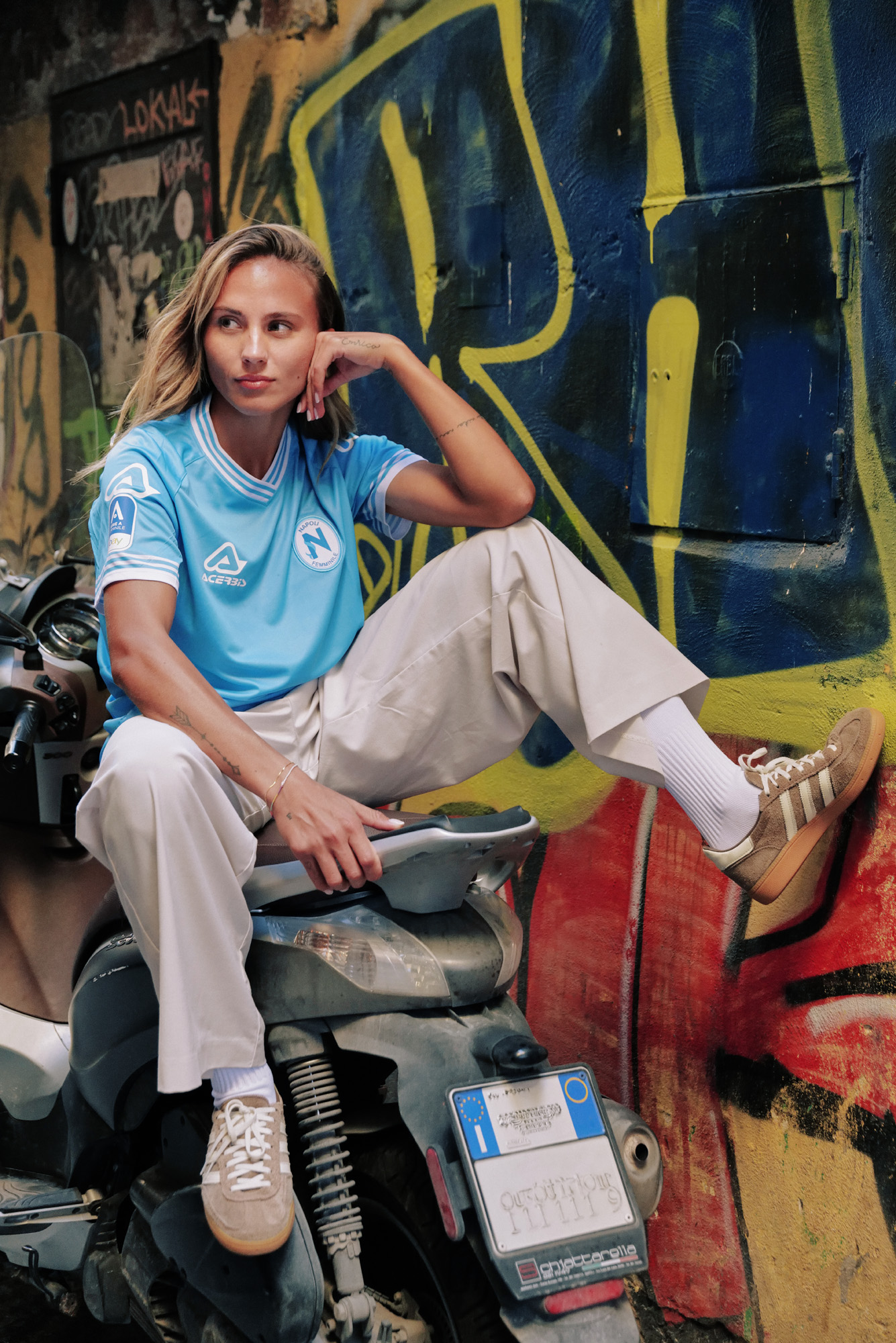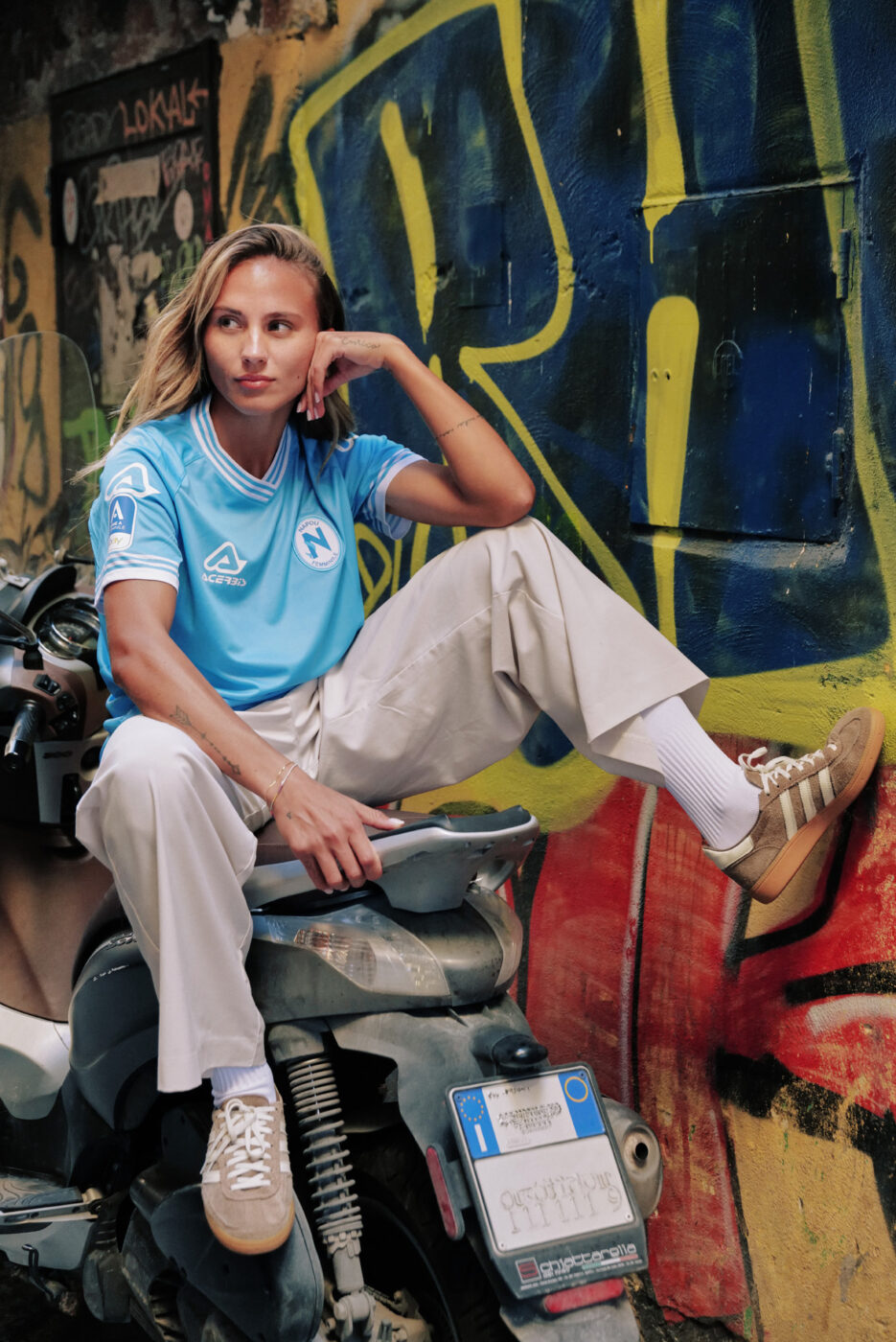“Out of all the unimportant things, soccer is the most important,” Pope John Paul II once said–though I could imagine Italians bristling at the sport being called “unimportant”. In Italy, soccer is a cultural pillar, a friendship maker or breakers, and, in places like Naples, almost a religion… When it comes to the men’s team, that is.
While Italian men’s Serie A has been a professionalized powerhouse since the 1930s, drawing millions of viewers per match and generating billions in revenue, according to Statista, the women’s game has struggled to gain footing. Until 2022, Italy’s top-tier women’s league, Serie A Femminile, was not even considered professional. For decades prior, women’s teams were classified as amateur, meaning salaries were capped, and players relied on stipends rather than proper wages. Although professionalization has since improved minimum salaries–and granted players access to pensions, healthcare, and other essential benefits–the pay gap between the men’s and women’s leagues remains substantial.
It’s therefore unsurprising that fewer women can turn their sport into their career. A PricewaterhouseCoopers study estimated that, as of December 2021, there were 31,390 female players in Italy. Compare that to the over one million male players registered with the Italian Football Federation (FIGC) as of the 2021/2022 season, per the ReportCalcio. It’s this league that dominates Italy’s, and Naples’, identity.
In Naples, reverence for Maradona, the Argentinian player who led SSC Napoli to its first-ever Serie A titles, borders on ecclesiastical, and alleyways city-wide are draped in the sky blue of the team’s jerseys. It helps, of course, that the club is consistently one of the greatest in the country; at the time of writing, the team, yet again, tops the Serie A leaderboard.
Naples, however, is now seeing a shift. With women’s soccer gaining ground—especially after the Italian women’s national team’s quarterfinal run in the 2019 FIFA Women’s World Cup—Napoli Femminile is emerging as a symbol of progress in a city that breathes the sport.
The team, the only professional women’s club in southern Italy, is one of many striving for more visibility. Alongside Como Women, it stands as one of only two Serie A Femminile teams unaffiliated with a men’s club—determined to build its own legacy rather than exist in the shadow of a male counterpart.

Debora Novellino; photo courtesy of @napolifemminile
“Being a woman in sports is a source of pride but also a responsibility,” Debora Novellino, the 27-year-old defender for Napoli Femminile, tells me. The rising star grew up in the small town of Pulsano, Puglia, where soccer was a large part of her upbringing, before it became her career. Her love for the sport was shaped early on by her father, a former footballer himself, who instilled in her both passion and respect for the game. Also inspired by the tenacity of Argentine legend Javier Zanetti, the former Inter Milan captain known for his leadership and grit, Novellino was labeled a “tomboy” for choosing cleats over convention. Because she “liked playing football and dressing more comfortably to play or do sports anytime,” Novellino faced the kind of quiet discrimination that discourages so many girls from pursuing the game. Yet, she never wavered. She went pro in 2018 and has played for three Serie A clubs before finding her current position at Napoli Femminile.
Although Novellino drew inspiration from the men in her life, she hopes future generations will have female role models to look up to. “We need to be examples for younger girls, giving them the strength to move forward, despite the many obstacles they’ll face along the way,” she explains. “Knowing that my journey can inspire other girls motivates me to keep pushing and never give up.”
For women’s soccer in Italy, the struggle is as much on the field as it is about the field–i.e. stadium allocation. SSC Napoli plays at the Stadio Diego Armando Maradona, accommodating over 54,726 fans, whereas Napoli Femminile has to play at Stadio Giuseppe Piccolo di Cercola, which is not situated in the city of Naples and holds a measly 3,500 spectators. A similar disparity exists in Milan, where the Inter Milan men’s team plays at the iconic San Siro Stadium, which holds nearly 80,000 spectators, while Inter Women play at the much smaller Arena Civica, a former home of the men’s team in the 1940s, with a capacity of just 20,000.
Then, of course, there’s good old-fashioned misogyny. “Unfortunately, in many parts of Italy, women’s soccer is still not seen as an equal sport. There’s still a lot of work to be done to overcome these cultural barriers and achieve true equality in treatment and respect,” Novellino tells me. A video put out by Vice, which asks Naples locals their opinions on female soccer, proves her point. “Women’s soccer will never gain value because soccer has always been created by men,” says one resident. Another, “I prefer taking women to dinner rather than watching them play soccer.”
Novellino is no stranger to phrases like these. “I’ve received many inappropriate comments, but that’s sadly part of the job we do. Each negative comment I get, I try to turn into motivation to show the value of my hard work and commitment.”

Teammates Violah Nambi and Matilde Lundorf Skovsen; photo courtesy of @napolifemminile
“We are dreamers of a better and more professional world,” says Novellino of her team. “Our value goes beyond the field: we are agents of change and a source of inspiration for future generations.”
It would seem that there are those who dream alongside them. In the same Vice video, a young woman says, “I have a friend who plays soccer. For me, it’s a normal thing.” A young man offers, “Being in the third millennium, being more open-minded would be the right thing.”
Viewership numbers reflect that the tides are, in fact, turning. The 2022 Supercoppa Italiana Femminile final between Juventus and Milan was watched by 352,000 people, setting a record for women’s club football viewership in Italy. Additionally, there was a 38% increase in TV rights revenue for the FIGC Women’s Football Division in the 2021/22 season compared to the previous cycle.
Worldwide, women’s soccer is gaining popularity too, with the Women’s World Cup experiencing remarkable growth in viewership over recent editions. In 2019, the tournament attracted a global audience of approximately 1.12 billion viewers, with an average live match viewership of 17.27 million—more than double the 8.39 million average in 2015. And, in the United States, soccer is the most practiced sport by young girls at a youth level. (Speaking of the United States, one should note that the U.S. Women’s National Team has secured four Women’s World Cup titles and five Olympic gold medals, while the U.S. Men’s National Team has yet to win a World Cup or Olympic medal.)

Novellino on the field; photo courtesy of @deboranovellino
However, the road to equality remains long. Financial support, media coverage, and sponsorship opportunities for female players still pale in comparison to those of men. Case in point: the prize money for men’s and women’s FIFA World Cups. In the 2022 Men’s World Cup held in Qatar, the total prize pool was $440 million, with the champions, Argentina, receiving $42 million. In contrast, the 2023 Women’s World Cup in Australia and New Zealand had a total prize pool of $110 million, with the winning team awarded $10.5 million.
At the end of the day, however, as cheesy as it might sound, love for the game unites players and viewers of all genders. Novellino tells me that when she steps onto the field, she “feels free to express her abilities without being judged.”
“It’s as if every thought disappears, leaving only the pure joy of doing what I love most,” Novellino adds. “What I want to highlight is that we women can inspire and entertain those who follow us consistently. Our game is built on technique, tactical intelligence, and heart–qualities that make women’s soccer special.”

